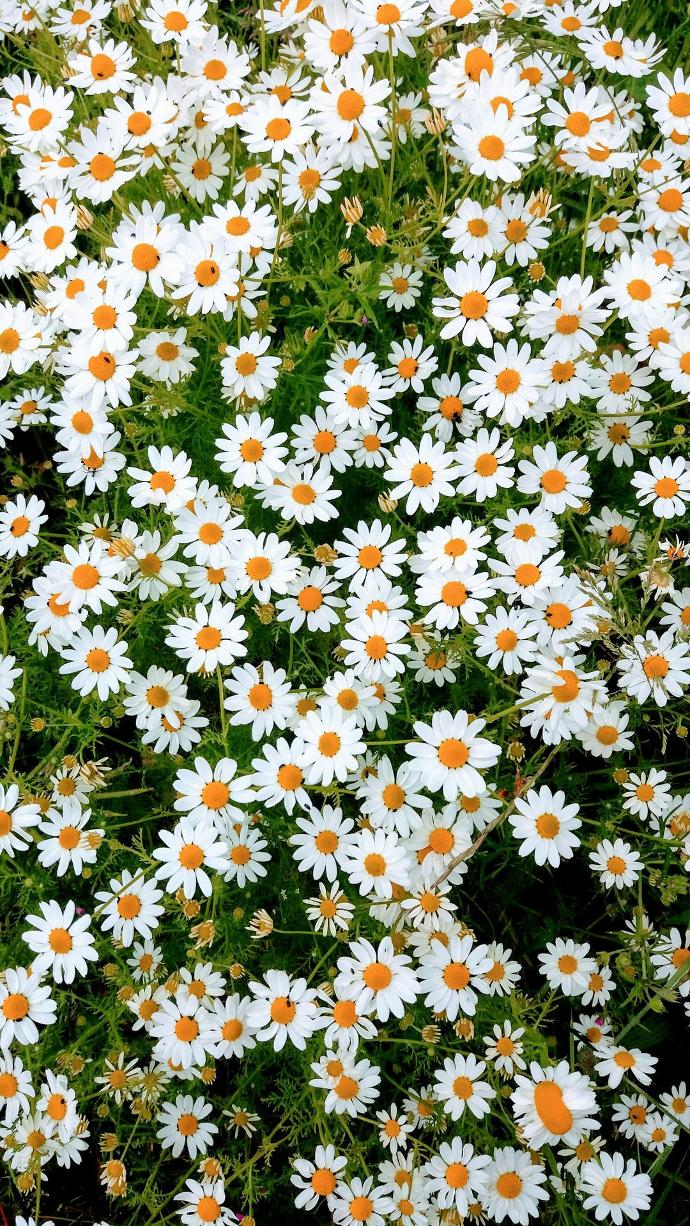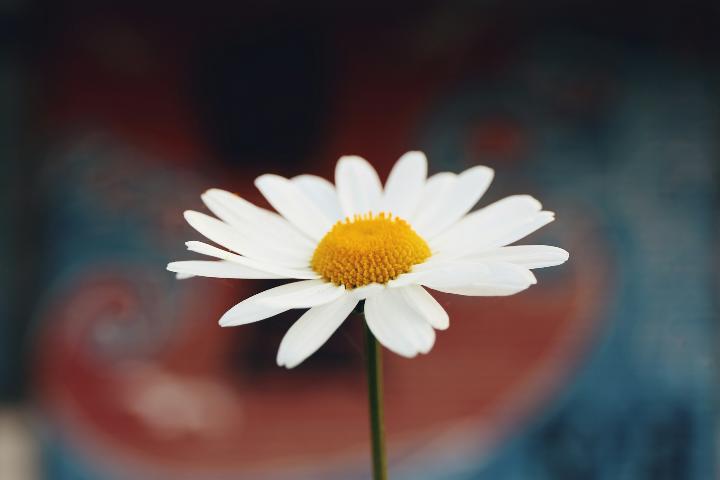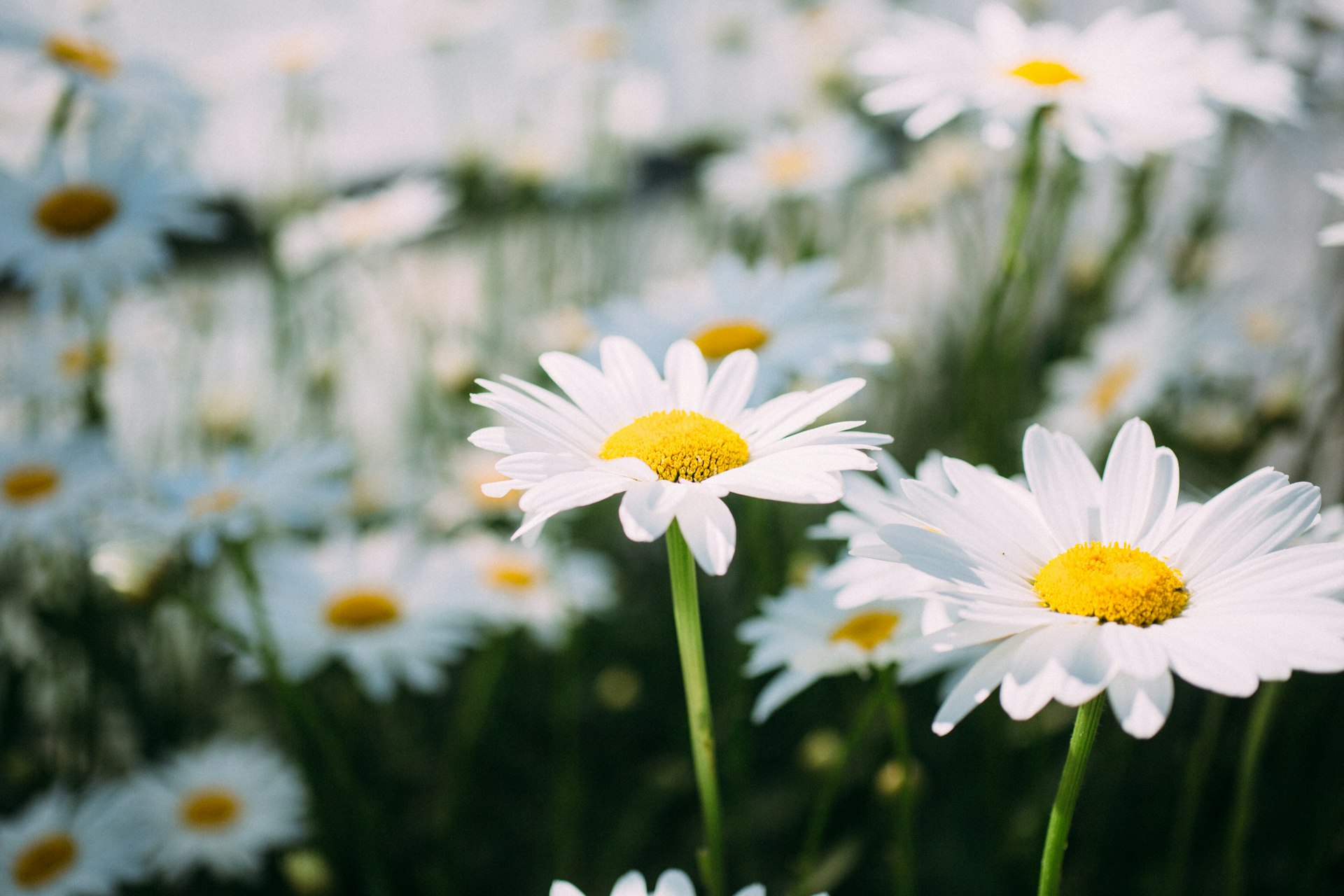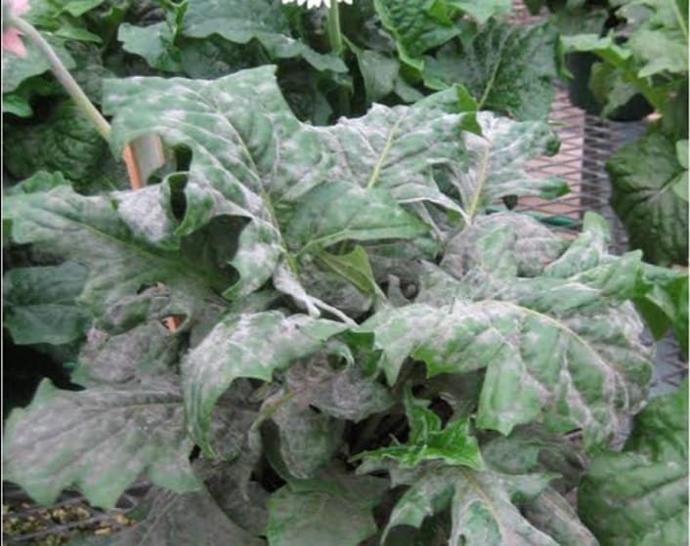Daisy Plant
Daisies, a diverse group of flowering plants, thrive in well-draining soil and full sun. Water consistently, and deadhead spent flowers to encourage continuous blooming. Fertilize during the growing season for optimal flower production.

Habit
Perennial
Height
Varies
Growth
Moderate
Soil
Well Drained, Loamy
Shade
Full Sun
Moisture
Moist
Edible
No
Medicinal
No
Origin
Europe
Climatic Condition
Temperate, cool
Temperature (°)
10 to 25
Humidity (%)
50 to 70
Potting media
Loamy soil mix
Fertilizers
Moderate nitrogen, phosphorus
Watering
Regular, moderate
Plant Weight
50 to 200 g
Flowering Time
10 to 30 cm
Soil Ph level
Spring to Summer
Water Ph level
6.0 to 7.5
Soil EC
6.0 to 7.5
Yiled Per Plant
3 to 5 flowers per plant
NPK ratio
10:10:10 AM
life Span
Perennial
Health Benefits
Anti-inflammatory, skin benefits, herbal teas.
Suggested Grow Media or Potting Mix ?
50% loamy soil, 30% compost, 20% sand
Suggested Fertigation/Fertilizers
Fertilize every 2 weeks with a balanced fertilizer.
Common Diseases and Remedies
Powdery Mildew , Downy Mildew , Bacterial leaf spot .
White powdery substance an leaves . Yellowing on the upper leaf surface and greyish fuzz .
Neem oil .
HEALTH BENEFITS
- Anti-inflammatory: Used in herbal remedies for skin conditions, wounds, and bruises.
- Digestive Aid: Traditionally used in teas to ease digestion and relieve bloating.
- Expectorant: Helps in clearing mucus from the respiratory tract.
What Is An Daisy Tree?
Daisies are herbaceous plants with small, round or spoon-shaped leaves. Daisies have flower heads 2-3 cm in diameter with white rays and yellow disc-like florets. Daisies are actually flower heads consisting of many flowers. The flowers are yellow tubular florets in the center and white or pink rays at the edges.

What Are The Different Types Of Daisy Plants?
1. Purple Coneflower
This flower belongs to the same family as daisies and is known for its easy care and long flowering period. Attracts pollinators such as bees and butterflies.
2. Gloriosa Daisy
This flower is not a true daisy, but it produces daisy-like flowers. It belongs to the same species as the black-eyed Susan and has large, colorful flowers.
3. African Daisy
African daisies have flat or cone-shaped petals. The leaves may be smooth and flat, serrated, or lobed.
4. Painted Daisy
Also called pyrethrum or chrysanthemum. This flower has a central disc surrounded by sparkling petals of various colors.
5. Barberton Daisy
Also known as the Transvaal Daisy, this flower produces showy flowers in shades of reddish, pink, orange, and sometimes yellow.

How to care for Daisy Plants ?
1. Location
Daisies grow best in full sun with at least 6 hours of sunlight per day. It may bloom in shady areas, but the blooming force will be weaker.
2. Sunlight
Daisies grow best in full sun.
3. Hydration
Water daisies weekly with at least 1 inch of water, or less if it rains. Daisies are drought tolerant, so it is better to keep them underwater rather than above water.
4. Soil
Daisy soil should be moist but well-drained and moderately fertile. Before planting, loosen the soil to a depth of 12 to 15 inches and add a layer of compost 2 to 4 inches.
5. Nutrition
Fertilize the daisy at various times throughout its life cycle to keep it blooming year after year. The first application is usually done during the late spring growth cycle.

6.Issues
Overwatering: Leaves may turn yellow and stems may become mushy. Water again after the soil is dry.
Lack of fertilizer: Leaves may turn yellow. To determine if your daisies are too wet or too dry, feel the soil. It should be moist, but not soggy or dry.
What are the Benefits of Daisy Plants ?
Vitamin C: Daisies are an excellent source of vitamin C and are closely related to artichokes.
Collagen: Daisies contain resins, tannins, essential oils, saponins, and antioxidant polyphenols and flavonoids that promote collagen synthesis in the skin.
Slow Bleeding: Daisies are known to slow bleeding.

FAQs About Growing Daisy
1.What is special about daisy flower?
The sweet simplicity and genuine beauty of the daisy have made the flower an international emblem of innocence and purity.
2.Do daisies grow in India?
Yes, daisy seeds need full sunlight. The best temperature to grow daisy seeds is from 15° C to 23° C.
3.What season do daisies grow?
Daisy Growing Season In India
Daisies grow best in India during the cooler and mild winter season, typically from October to February.
4.Is Daisy winter or summer flower?
English Daisy is a Winter season flower.
5.Are daisies indoor flowers?
After the last frost in the spring, take your daisies back outside to enjoy its flowers in the spring and summer. Or you can keep your Gerbera daisy indoors in a cool, brightly lit spot.

